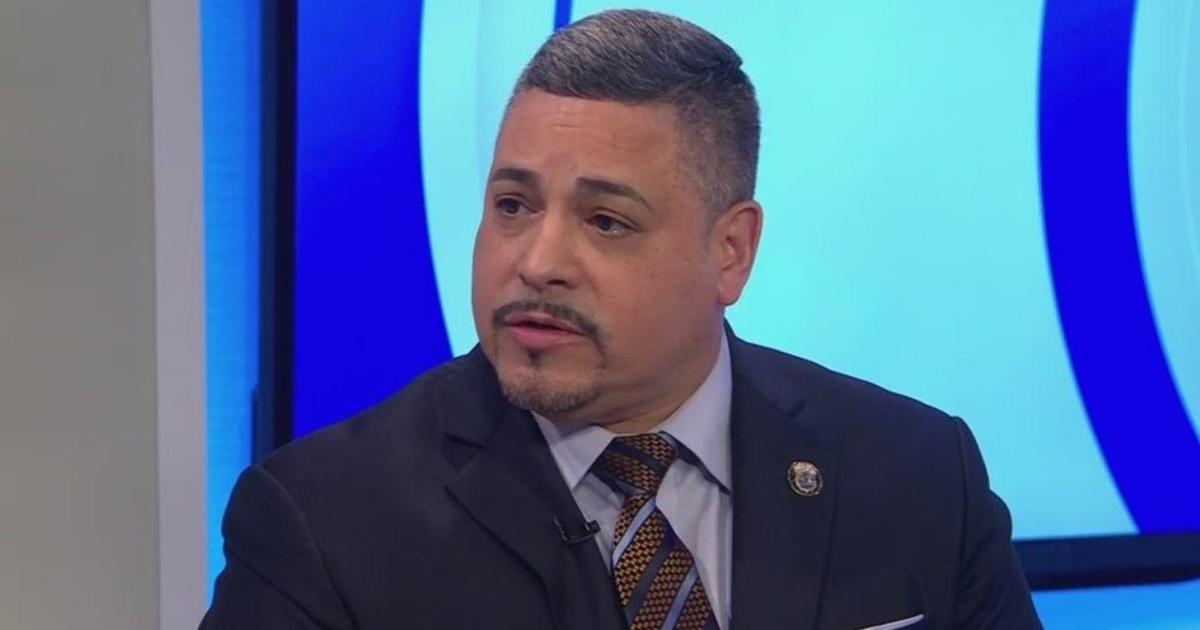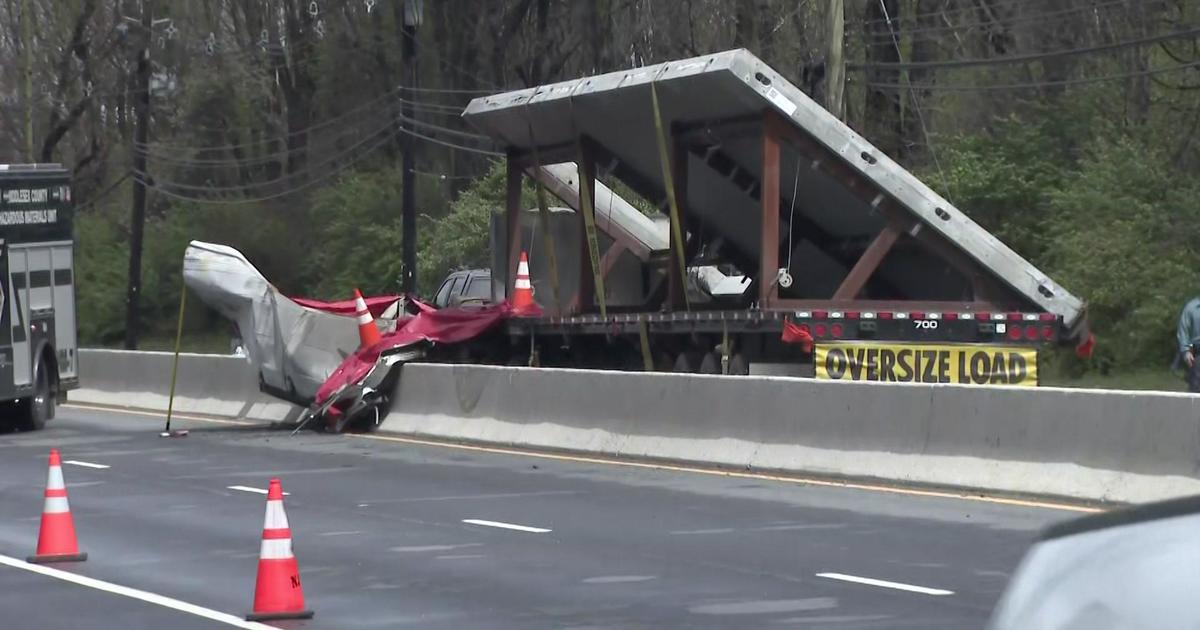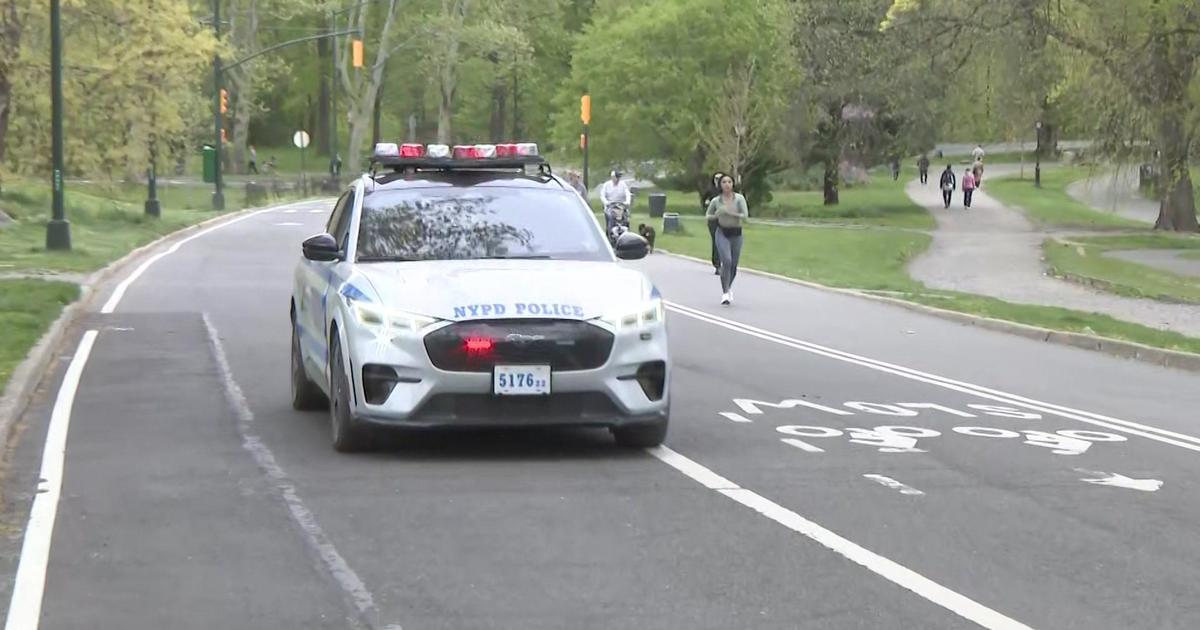Data reflects pre- and post-pandemic economic realities in Midtown and Lower Manhattan
NEW YORK -- During March 2020, the peak of the pandemic, Times Square was deserted.
Nowadays, the same location is filled with crowds of people.
"You have pent-up visitor demand, huge number of visitors coming into Times Square," said Karen Chapple, director of the Urban Displacement Project.
The Urban Displacement Project tracked cellphone data. Its data in Midtown and Lower Manhattan show cellphone pings in places like offices, shops and public transit. It compared the pre- and post-pandemic data for the two areas.
"We have two employment centers in New York. We have Lower Manhattan, and we have Midtown," Chapple said.
The four-year data shows economic recovery in those areas at 74% of 2019 levels.
Experts say larger, denser urban areas that rely on office and tech workers continue to struggle due to remote work.
We took a closer look at Lower Manhattan, near Wall Street, and spoke to some people who work in the area.
"I like being in the office on a hybrid schedule, like, three days a week," said Brandon Hahn.
"I don't want to come back five days a week," Francisco Collado said.
"It's sad to see that a lot of the shops have closed. It looks a lot different than it used to," said Ali Partanen.
At the Fulton Stall Market in the South Street Seaport, Jacqueline Joseph says her regulars are now rare.
"Now those people are two or three days home, maybe once a week here," Joseph said.
To make ends meet, many food vendors wish office workers would return full-time.
"Five days," a food cart worker named Rudy said.
CBS News took the data a step further, analyzing jobs with the greatest declines from 2019 to 2022. CBS News also tracked job growth by industry, throughout the five boroughs.
No surprise: Restaurants, hotels, and the arts and entertainment industries are still trying to make up between 20-30%.
"The pandemic was, of course, devastating for everyone in the city, but particularly for arts and culture institutions," said Anna Frenkel of the South Street Seaport Museum.
Frenkel says a new clientele is flooding back.
"Tourist demand for New York City is compensating for the workers who are actually staying home," Frenkel said.
Jessica Lappin, president of New York's Downtown Alliance, says foot traffic in the area has increased 80% from last year, and the number of new businesses in Lower Manhattan actually surpassed pre-pandemic levels.
"We had more businesses open in 2022 than in 2019. So there was clearly a shakeout, and not everybody survived. But we have more than stabilized, we have really grown. One hundred fifty businesses last year, compared to 105 in 2019," Lappin said. "Everyone wants to blame the pandemic for everything. Unfortunately we were in a retail crisis -- hello Amazon -- there were over 20% vacancy rates in most neighborhoods in the city in retail before the pandemic."
Lappin says a key to success is finding creative solutions for empty spaces.
Fitness trainer Stephen Frank turned a vacant seaport storefront into a new boxing business.
"We're still building. Every day, I'm seeing a lot of new faces," Frank said.
Experts reimagining and rezoning commercial districts for mixed use will help transform business districts and bring people back to 100%.
We reached out to the city to discuss the data, but did not hear back.




